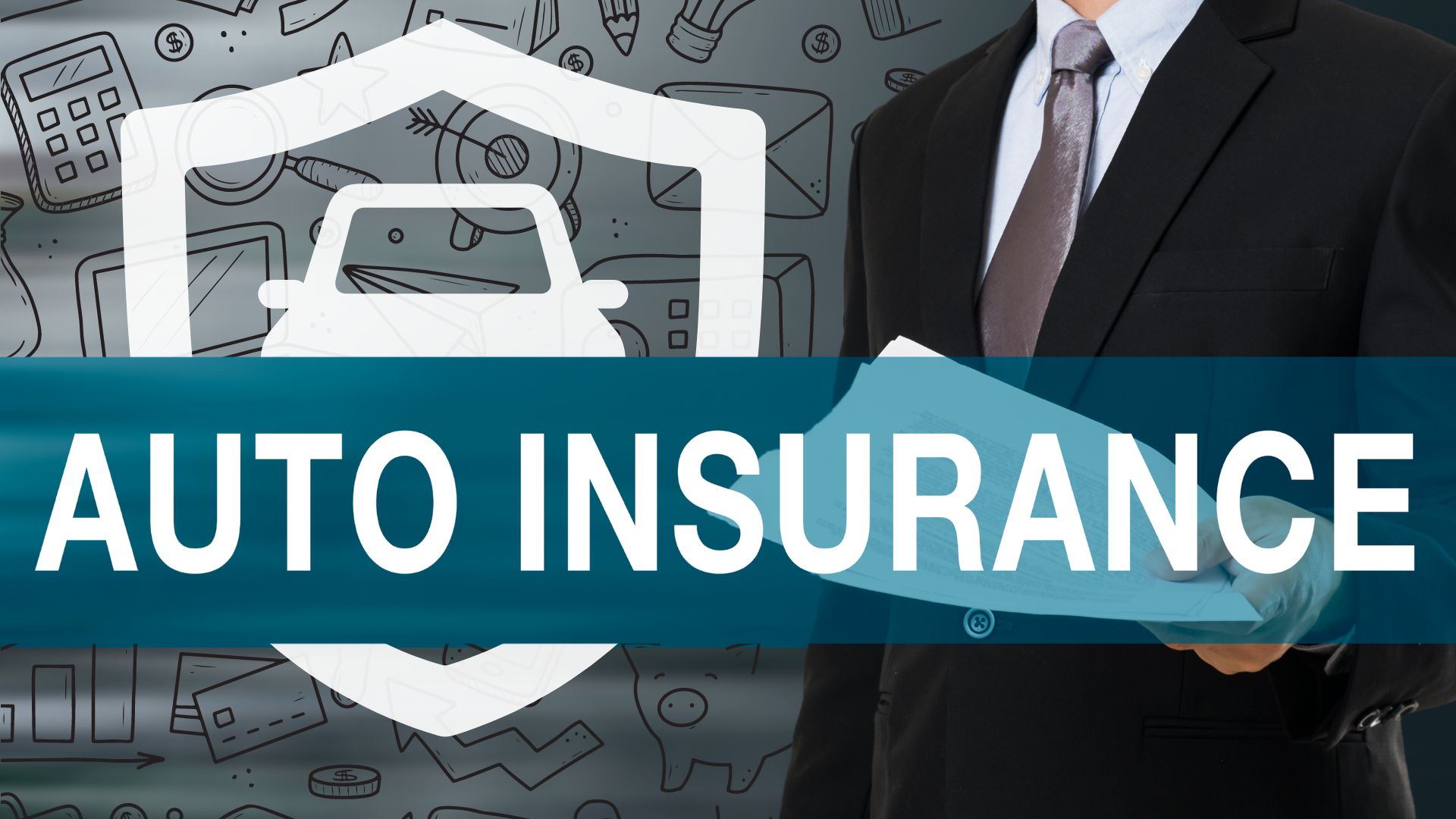The national auto insurance shopping and quoting rate reached a record high between April and June of 2024, signaling significant shifts in consumer behavior. According to a new J.D. Power report, this increased activity could have varying implications for insurance agents across the country.
Record-Breaking Trends
The report highlighted that May 2024 matched the ongoing study’s all-time high monthly shopping rate, with 13.5% of U.S. drivers seeking new quotes. Additionally, 4.2% of drivers switched insurers, setting a new monthly high. This intensified shopping and switching activity reflects consumers’ responsiveness to recent rate increases.
However, there is a silver lining for insurers. Many companies are achieving or approaching rate adequacy, potentially leading to less rate activity and, consequently, less shopping in the future. “Rate filings showed a multi-decade high in February, and filings through the rest of 2024 show lower increases than what were filed earlier in the year,” the report stated. This suggests that the current surge in shopping may moderate as rate increases stabilize.
Regional Variations
All regions of the country experienced double-digit quote rates in the second quarter of 2024. The Southeast and South-Central United States led the way, with 14.6% of drivers shopping during the three-month period. The West and Midwest followed closely with rates of 13.2%, while 10.7% of drivers in the East shopped during the quarter.
Household Types and Shopping Propensity
The J.D. Power report also categorized households by auto insurance ownership:
- Two-car, two-driver homeowners made up 18.7% of households with auto insurance.
- Homeowners with one car and one driver accounted for 9.1%.
- Households with three-plus cars and two drivers, as well as those with three-plus cars and three-plus drivers, each represented 8.1%.
- One-car, one-driver renters comprised 8.8%.
While these household types continue to dominate, the propensity to shop and switch has changed dramatically, particularly among more lucrative multi-vehicle, multi-driver households.
Implications for Insurance Agents
For insurance agents, these trends highlight both challenges and opportunities:
- Increased Competition: With a higher number of drivers shopping and switching insurers, agents need to be more proactive in retaining their clients. Offering personalized service and competitive rates will be crucial.
- Targeted Marketing: Understanding which household types are more likely to shop around can help agents tailor their marketing strategies. Multi-vehicle, multi-driver households, in particular, represent a significant opportunity for growth.
- Customer Loyalty Programs: Implementing or enhancing customer loyalty programs could help retain existing clients. As the report noted, some insurers like NJM, Amica, USAA, MAPFRE, and Erie enjoy higher loyalty rates, which could serve as a model for other companies.
- Education and Transparency: Educating clients about rate changes and providing transparent communication could build trust and reduce the likelihood of them switching insurers.
- Leverage Technology: Utilizing technology to streamline the quoting process and enhance customer experience can set agents apart in a highly competitive market.
Why Most Insurance Agents Fail Without a Website
In today’s digital age, having a website is crucial for any business, including insurance agents. Surprisingly, many insurance agents still operate without an online presence, leading to missed opportunities and ultimately, failure. Insurance agents are marketers too, and neglecting a vital marketing tool like a website can severely limit their potential.
The Importance of a Website for Insurance Agents
- Visibility and Accessibility: A website provides a platform to showcase your services, making it easier for potential clients to find you. In a market where consumers increasingly rely on online searches to make purchasing decisions, not having a website means missing out on countless prospects.
- Credibility and Trust: A professional website builds credibility and trust. When clients search for insurance options, they expect to find detailed information about the agent and the services offered. A well-designed website can establish you as a credible and trustworthy professional.
- Marketing and Lead Generation: Effective marketing is essential for success in the insurance industry. According to one survey respondent, 75% of efforts should be in marketing, 20% in sales, and 5% in operations. A website serves as the cornerstone of your marketing strategy, enabling you to attract and capture leads through various digital marketing tactics such as SEO, content marketing, and social media integration.
- Customer Engagement and Service: Websites enhance customer engagement by providing valuable resources like blogs, newsletters, and industry insights. This not only helps in establishing you as a thought leader in the industry but also keeps clients informed and engaged. Features such as chatbots and contact forms make it easier for clients to reach out, ask questions, and get immediate support.
- Referral Marketing: Implementing a referral marketing program through your website is a cost-effective tactic that can yield excellent results. By offering incentives for referrals, you can encourage satisfied clients to bring in new business, further expanding your client base.
Statistics and Trends from Web Design Research
- Website Adoption: Despite the importance, 27% of small businesses still don’t have a website. However, most (86%) plan to build one in the next few years, highlighting a growing recognition of its necessity.
- Primary Reasons for Websites: Companies mainly build websites to enable online purchases (20%) and showcase their products and services (20%).
- Challenges: Low website traffic (14%) is the top challenge faced by companies, followed by the need for advanced functionalities (11%) and the costs associated with building and maintaining a website (11%).
- Planned Investments: To appeal to consumers, companies plan to invest in mobile capabilities (37%), embeddable videos (31%), load time/page speed (28%), Dark Mode (26%), and chatbots (20%).
Without a website, insurance agents are at a significant disadvantage. The lack of an online presence not only hampers visibility and credibility but also limits marketing and lead generation efforts. By investing in a professional website, insurance agents can enhance their market reach, build trust with potential clients, and ultimately drive business growth. In an industry where competition is fierce, a robust online presence is no longer optional—it’s essential for survival and success.
Conclusion
The recent surge in auto insurance shopping and quoting activity underscores the dynamic nature of the industry. For insurance agents, adapting to these changes with proactive strategies and customer-focused services will be key to navigating this evolving landscape.
As the market stabilizes, those who effectively address the needs and concerns of their clients will be best positioned for success.
This article draws on data from a J.D. Power report on national auto insurance trends.


